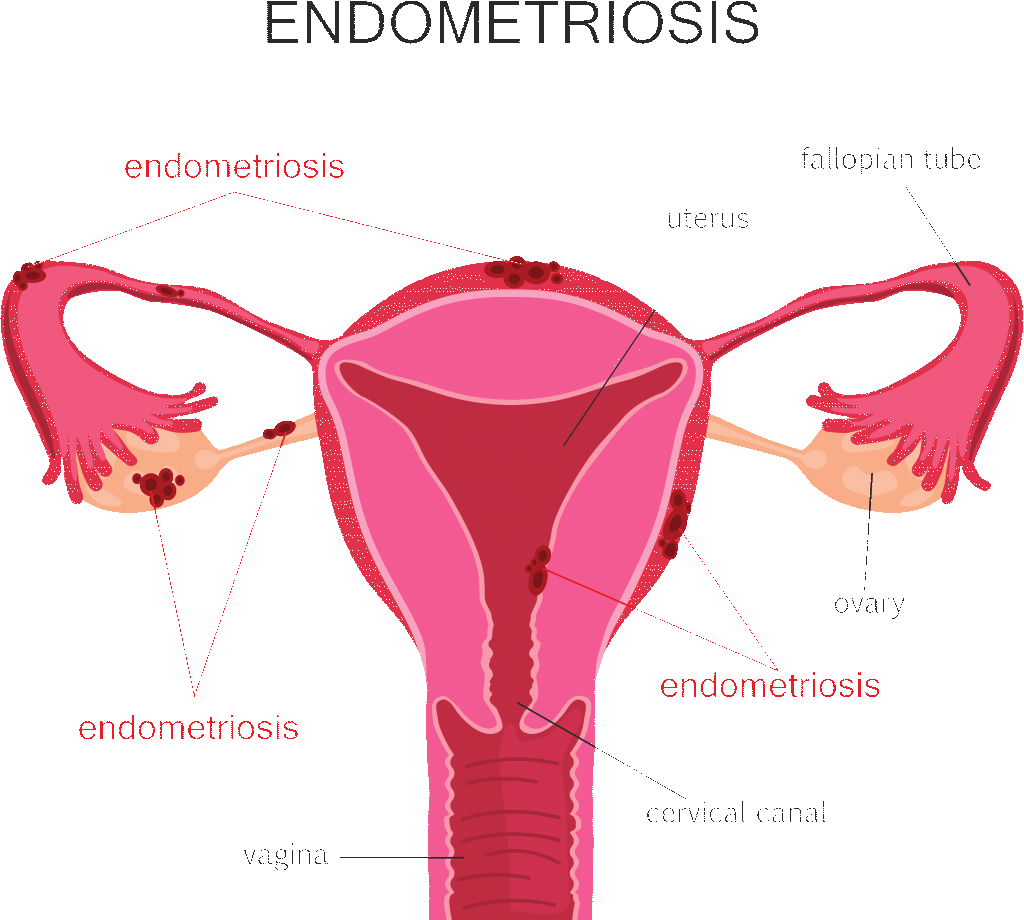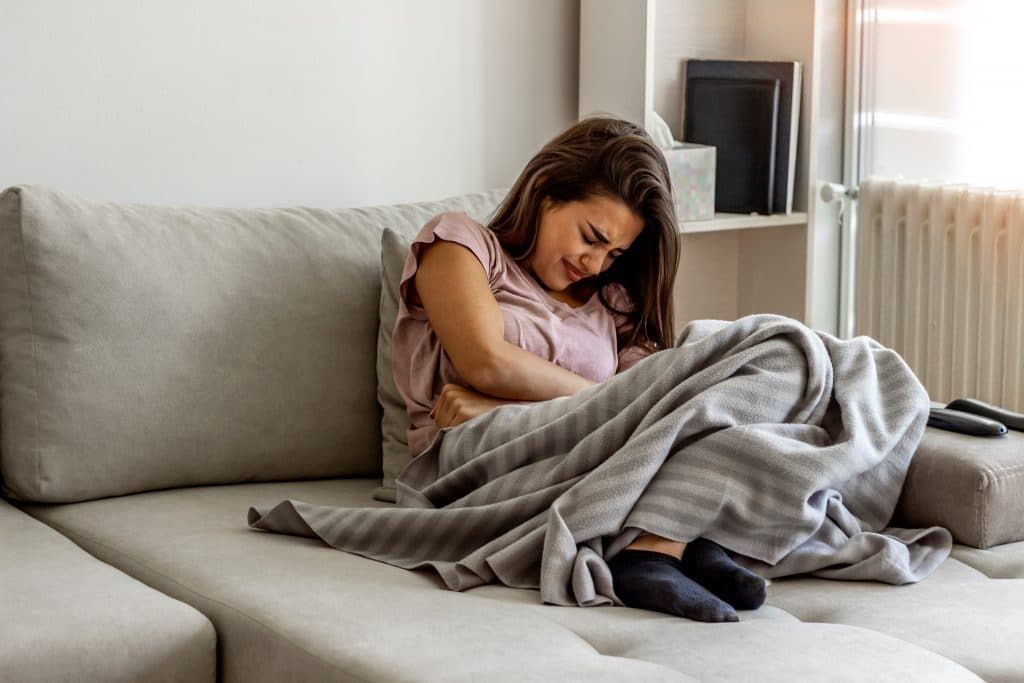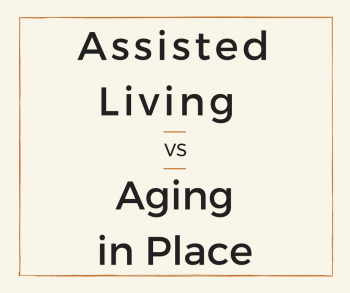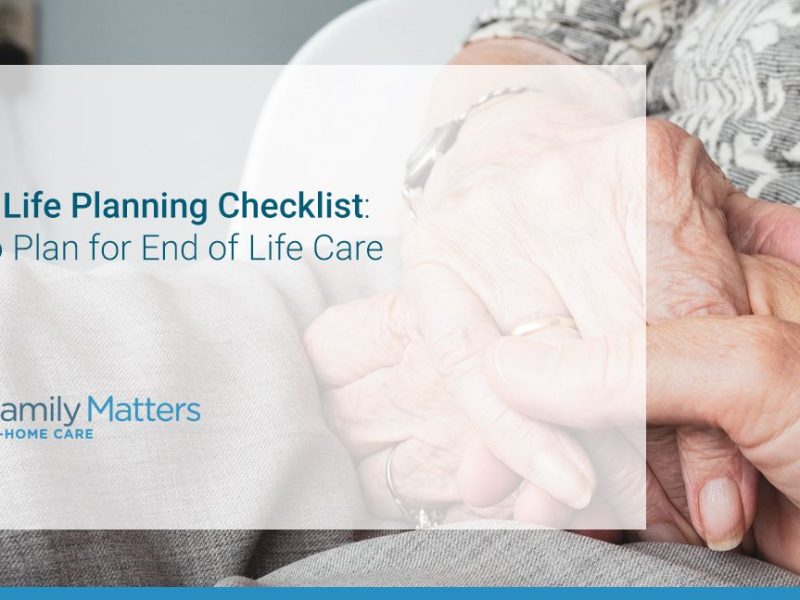How to know if you have endometriosis ?
Endometriosis is a gynecological disease that affects one woman in 10. Often blamed on dysmenorrhea, it can take time to be diagnosed. However, the pathology is the leading cause of infertility in France. But what exactly is endometriosis? ? How How to know if you have endometriosis ?
What triggers endometriosis ?
Endometriosis is caused by the development of endometrial cells outside the uterine cavity.

Several theories explain the phenomenon of endometriosis. In fact, we do not talk aboutendometriosis, but several endometrioses.
- The main hypothesis is that the disease is caused by the endometrium retrograde menstruation. Thus, at each period, blood migrates towards the fallopian tubes, carrying with it the cells or fragments of endometrium that would normally have been destroyed by the immune system. The endometrial cells will then implant themselves in the abdomen, then on several neighbouring organs (ovaries, intestine, bladder, vagina, diaphragm…). However, the presence of retrograde bleeding alone cannot explain endometriosis since only 10% of women with endometriosis develop lesions. Other factors of the disease could be genetic, may be related to endocrine disruptors.
- A second hypothesis raises the possibility that cells of the uterine endometrium pass through the bloodstream during menstruation, in the same way that cancer cells form metastases.
- And finally, the last theory is called “endometriosis” metaplastic However, only the “metaplasia”, where the cells of the peritoneum would spontaneously transform into endometrial cells, can be diagnosed.
All women of childbearing age can be affected by endometriosis and it is not uncommon today to see very young women suffering from the disease.
The symptoms of endometriosis
Endometriosis causes lesions in the organs that it affects and leads to pain and infertility. It can sometimes be asymptomatic and it is often during a medical appointment for infertility that the doctor realizes that the patient has endometriosis.
The pain is the main symptom
Pain is therefore the most prominent symptom with a pelvic pain extremely strong, especially during menstruation. Very sensitive to hormones, the endometriosis nodules will proliferate and bleed at each cycle. They will cause a inflammation and the appearance of cysts and fibrous scars.

Some patients also suffer during sexual intercourse, which is called dyspareunia, but also when urinating or defecating.
The symptoms of endometriosis also include back pain, chest pain, right shoulder pain and heavy bleeding.
Unlike primary menstrual pain (dysmenorrhea), here, they do not pass with the medication for painful periods like paracetamol and Spasfon. They are so disabling that they can even lead to total incapacity for several days.
In some women, the pain is such that it causes loss of consciousness and vomiting. For the vast majority of them, the life becomes an ordeal during their periods and sometimes even continuously and sometimes leads to depressive symptoms.
A difficult diagnosis..
Nevertheless, many women suffer in silence or find themselves faced with a doctor who trivializes female pain. This explains why in France, delays in diagnosis can be as long as 7 years..
However, there is a screening test thanks to theMyEndoApp who can give a reliable and rapid result by means of a questionnaire. Depending on the signs, the tool is able to determine whether or not the patient is suffering from endometriosis and also accompanies her throughout her treatment.
Of course, theapplication does not replace a clinical examination. An ultrasound will be performed by the specialist, sometimes an MRI may also be proposed. However, only the laparoscopy allows a clear diagnosis to be made, but as it is a surgical procedure, it is not systematic.
Where is the pain of endometriosis ?
The pain of endometriosis is Most of the time it is concentrated in the lower abdomen, like period pain. However, much more virulent than painful periods, endometriosis also affects the lower back or even a leg, such as sciatic pain.
To summarize, the endometriosis pain are :
- Pelvic pain: in the small pelvis, behind the uterus.
- Dyspareunia pain during sexual intercourse.
- Digestive pain (diarrhea/constipation) when the intestines, colon or rectum are affected.
- Urinary burning and a backache when the kidneys are affected.
- A pain in the shoulder (when the lesions touch the diaphragm).
It is important to consult for menstrual pain And any other symptoms of endometriosis. Your doctor or your gynecologist must take the time to answer all your questions questions about endometriosis or at least advise a specialist. But do not remain alone in the face of the disease, knowing that it is progressive and requires appropriate treatment.
The evolution of the disease (we no longer speak of stages of endometriosis, but types of endometriosis):
- L’superficial endometriosis (peritoneal) when it is located on the surface of the peritoneum.
- L’ovarian endometriosis which is a cyst on the ovary.
- L’deep pelvic endometriosis where the lesions affect other organs and behave aggressively, reminiscent of tumours.
How to relieve the pain of endometriosis ?
Unfortunately, there is no treatment to eradicate the disease, only solutions to relieve the pain.
In the case of superficial endometriosis, in 1/3 of the cases, the lesions diminish after treatment (or even without treatment) and the bites disappear natural methods to relieve painful periods suffice.
But in 2/3 of the cases, the disease evolves towards a more severe form and requires complementary treatments:
- The painkiller treatment Anti-inflammatory, opiate, morphine, antidepressants (for neuropathic pain).
- The hormonal treatment By blocking the menstrual cycle, the lesions will eventually dry out and the inflammation and pain will subside.
- The tsurgical treatment This is the last chance solution when other therapeutic options have failed.
Regardless of the treatment administered, the French National Authority for Health (HAS) recognizes the following benefits of natural methods as a complement : yoga, and especially its exercises for painful periods, diet, phytotherapy, acupuncture, hypnosis, visceral physiotherapy, sophrology, osteopathy and relaxation.


